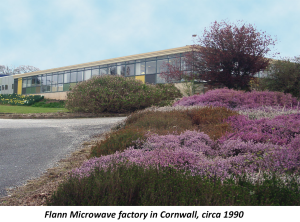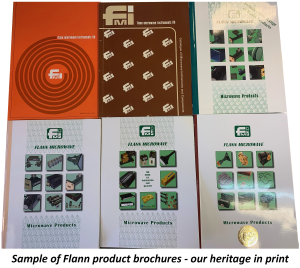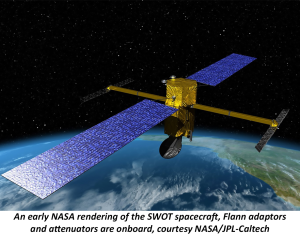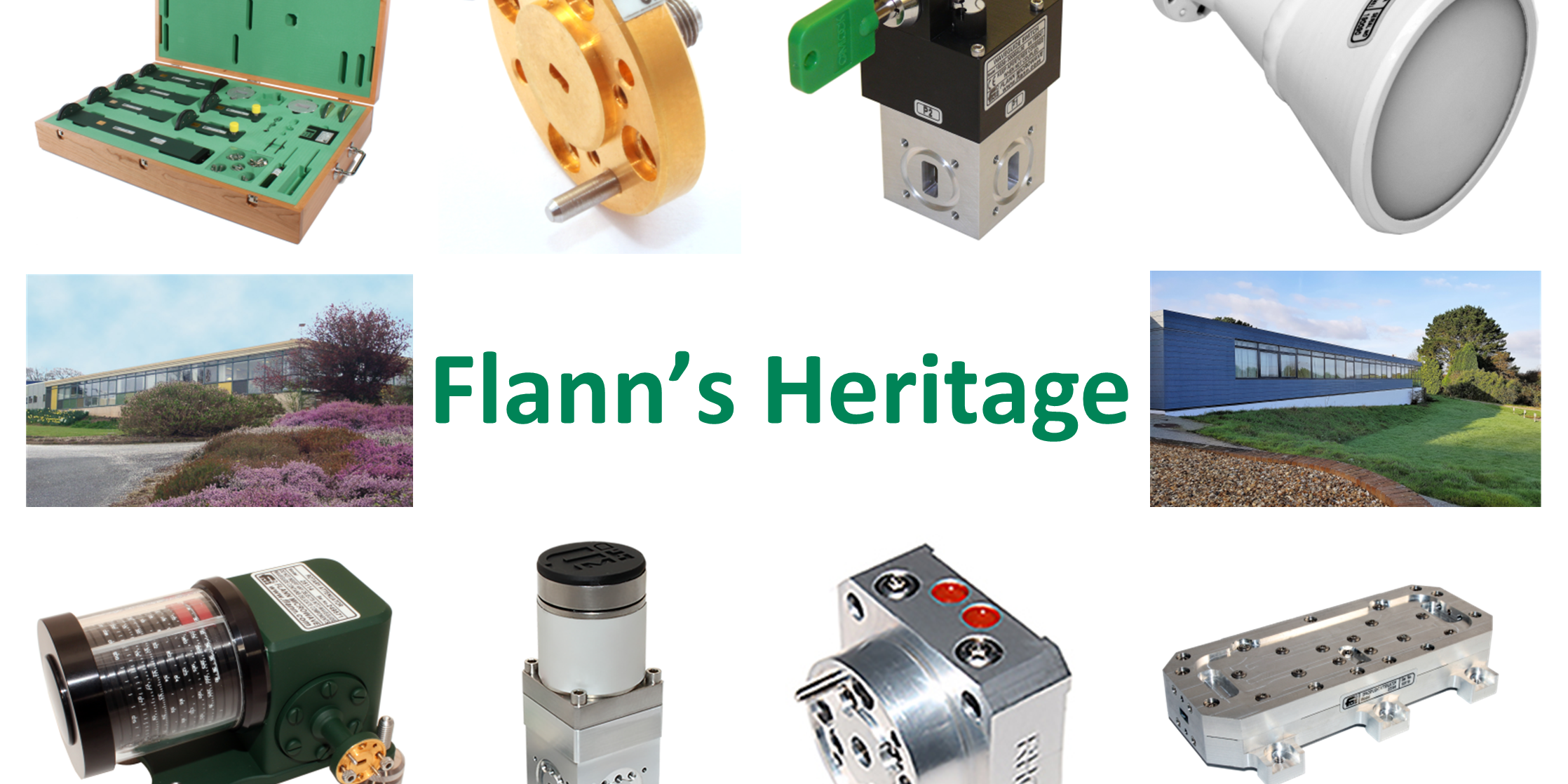 From our humble beginnings in a wooden boathouse on the banks of the River Thames, to our current position as a market leader in precision waveguide technology, Flann has built a rich heritage of technological innovation, providing engineering solutions on the ground, in the air, and into space: waveguide innovation which has directly and indirectly influenced humanity in numerous ways.
From our humble beginnings in a wooden boathouse on the banks of the River Thames, to our current position as a market leader in precision waveguide technology, Flann has built a rich heritage of technological innovation, providing engineering solutions on the ground, in the air, and into space: waveguide innovation which has directly and indirectly influenced humanity in numerous ways.
Founded in 1956 as Flann Microwave Instruments Ltd by two young engineers, Messrs Fleming and Mann (hence the name Fl-ann), the company was based in Kingston-upon-Thames until the original site was redeveloped in 1970. Coming to an arrangement with Cornwall Council, Flann moved west to our own plot of land and purpose-built factory here in Bodmin which has been our home ever since. Acquiring this site enabled the company to expand its manufacturing and research capabilities throughout the decades and maintain our position as a world-leading waveguide company.
 While our products have been used in many different fields, from military ordnance to communications systems to space satellites, we have always been a family-owned business with a family atmosphere, with the Fleming family owning the company from the start right up to the present day. This family mindset also extends to the employees and various departments of the company, and we pride ourselves on working together as a close-knit team – a team formed from a healthy combination of local and outside talent. Being a relatively small company of around 60 employees in an industry of multinational corporations keeps us grounded in this family ethos, while still having the freedom and technological skills to be at the cutting edge of waveguide innovation.
While our products have been used in many different fields, from military ordnance to communications systems to space satellites, we have always been a family-owned business with a family atmosphere, with the Fleming family owning the company from the start right up to the present day. This family mindset also extends to the employees and various departments of the company, and we pride ourselves on working together as a close-knit team – a team formed from a healthy combination of local and outside talent. Being a relatively small company of around 60 employees in an industry of multinational corporations keeps us grounded in this family ethos, while still having the freedom and technological skills to be at the cutting edge of waveguide innovation.
We have a proud history of precision metrology and calibration products, used by national government testing labs, calibration houses, and universities around the world, enabling wide-ranging scientific research and advanced measurement. As our manufacturing and calibration technology has improved, we have evolved through subsequent generations of measurement and precision. One example of this metrology heritage is Flann’s development of the world’s first automatic microwave network analyser based on a six-port coupler. This system revolutionised the measurement of devices under test, even being purchased and used by the US military for naval research.
 In more recent decades, we have expanded our horizons into space, collaborating with organisations such as Goonhilly Earth Station, NASA, and ESA (MetOp-SG). This technological expansion into space reached a significant milestone on the 16th December 2022, with the launch of Flann attenuators and adaptors onboard NASA’s new SWOT satellite. With frequencies continually increasing, and with the commercial and military use of space accelerating, the market is naturally crossing into Flann’s areas of expertise: areas in which we have both an established heritage and the technical innovation for the future.
In more recent decades, we have expanded our horizons into space, collaborating with organisations such as Goonhilly Earth Station, NASA, and ESA (MetOp-SG). This technological expansion into space reached a significant milestone on the 16th December 2022, with the launch of Flann attenuators and adaptors onboard NASA’s new SWOT satellite. With frequencies continually increasing, and with the commercial and military use of space accelerating, the market is naturally crossing into Flann’s areas of expertise: areas in which we have both an established heritage and the technical innovation for the future.
Flann has always been at the forefront of higher frequencies and smaller waveguide sizes. Starting with a focus on WG10 to WG16 (up to 12GHz) in the early days, our capabilities first increased to include WG22 (40GHz) in the 1970s, then to WG28 (140GHz) in the 1980s, progressing to our current capabilities of sub-millimetric waveguide technology up to WM250 (1.12THz). This constant progression of pushing the limit of what’s possible has led to the development of some important industry-leading products: for example, we developed the first generation of WG26 programmable RVAs (rotary vane attenuators) in the late 1970s and have been designing and producing subsequent generations of RVAs ever since, culminating in a world-first sub-millimetric WM570 RVA around twelve years ago, with our RVA range still being considered one of our flagships. With a current limit of 1.1THz, we are always pushing the boundaries of what is possible, and as technology improves, we are there to provide new solutions for the market.
 Looking to the future of waveguide, the market is moving towards three main areas: higher usage of space, higher frequencies, and higher power densities. Empowered by our history of development in these areas and our contemporary expertise in precision metrology, Flann’s direction will be to advance with these three fields of technology, continuing our heritage into the future.
Looking to the future of waveguide, the market is moving towards three main areas: higher usage of space, higher frequencies, and higher power densities. Empowered by our history of development in these areas and our contemporary expertise in precision metrology, Flann’s direction will be to advance with these three fields of technology, continuing our heritage into the future.
As the market evolves, so do we.
Authors: Nathan Bayley & Leon Knight


